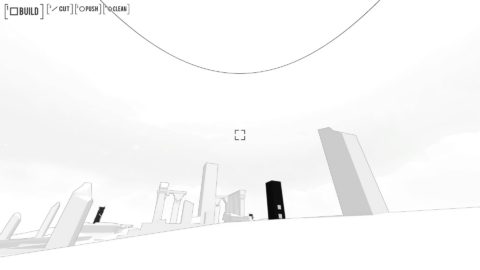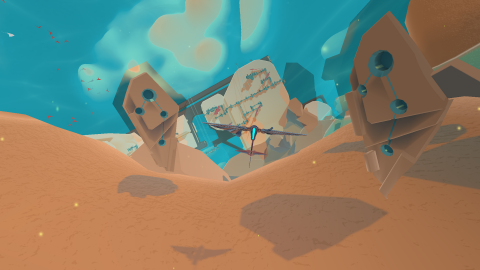
If you don’t know about Bokida yet, it’s not too late
I have bizarrely fond memories of playing around with Bokida when it was first released back in 2013. Bizarre because, at the time, the game was only a limited prototype. But there was something about its openness and the toy-like expressions its world allowed. It gave you a vast white landscape with only a few landmarks to break it up—a trench and a temple-like structure, if I recall—but you could place colorful cubes, cut them up, and push the slices around to create a right old mess. It was like a properly physics-based take on Minecraft (2011) that invited you to delight in…







